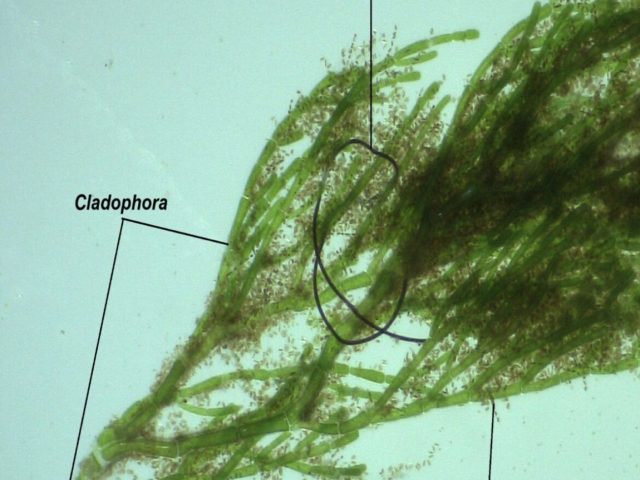Microfibers in Great Lakes Spark Pollution and Health Concerns

Researchers, including Eddie Kostelnik from Valparaiso University, have discovered that microfibers—tiny plastic strands mostly released from washing clothes—are widespread in the Great Lakes and are being absorbed by algae in all sampled regions, regardless of population density. These microfibers can act as “transport mechanisms” for other toxic chemicals like PFAS, posing serious threats to aquatic ecosystems, wildlife, and human health.
The study revealed that both plant-like and fibrous algae trap microfibers due to sticky diatoms on their surfaces. As microfibers accumulate in fish and birds, they cause digestive and reproductive issues, and can be passed up the food chain to humans. Despite the widespread pollution, cleaning microfibers from the lakes is extremely difficult and costly.
In response, several state-level bills have been proposed, including in Michigan and Illinois, to require microfiber filters in new washing machines and other measures to monitor and reduce microplastic pollution. While some efforts have stalled, environmental groups continue pushing for legislative action. Meanwhile, Michigan’s Department of Environment, Great Lakes, and Energy (EGLE) is working on a sampling plan to better understand and eventually address the pollution.
You can read the full article on Bridge Michigan.
Photo Credit: Valparaiso University and U.S. Geological Survey
